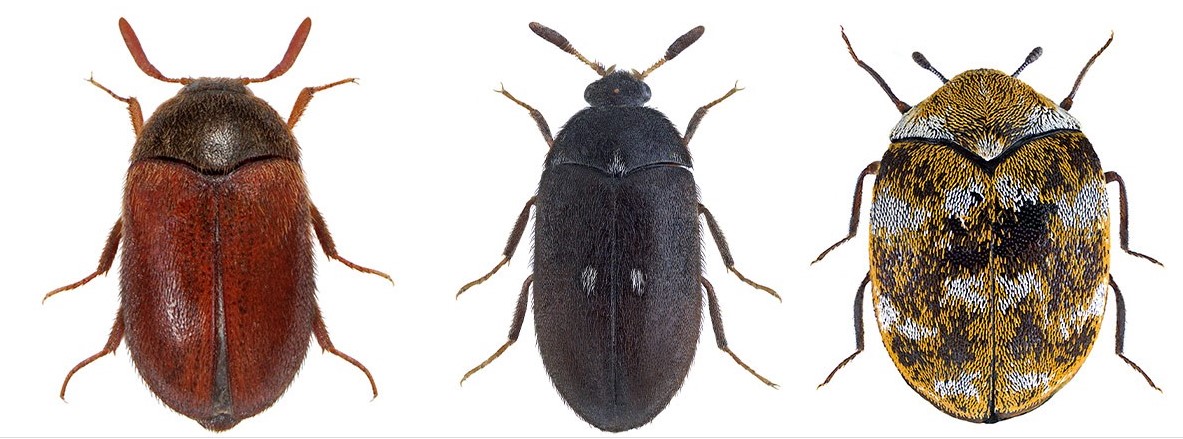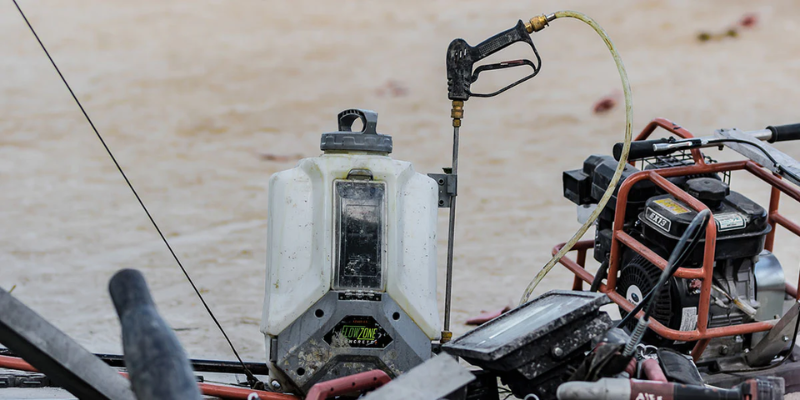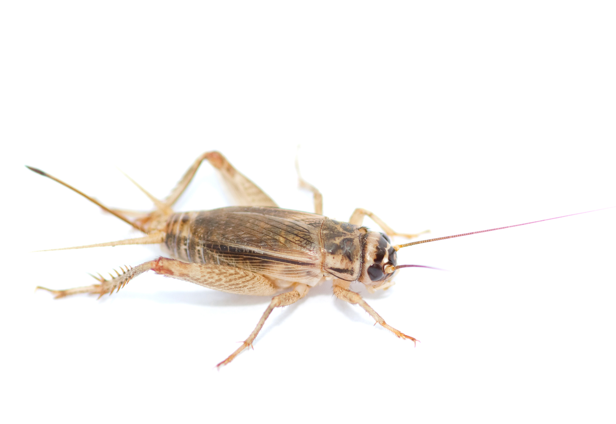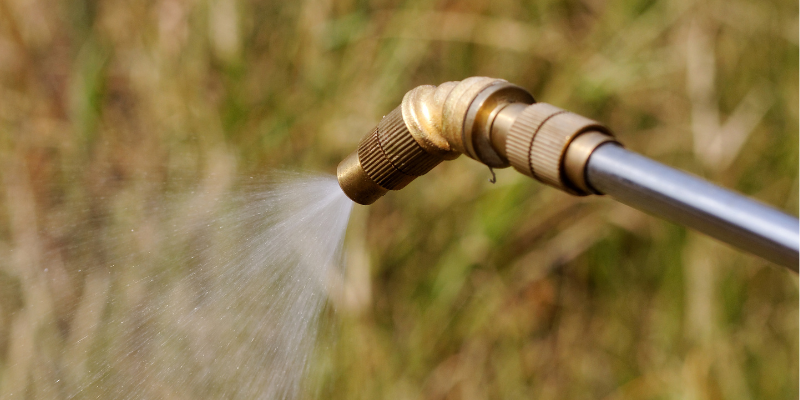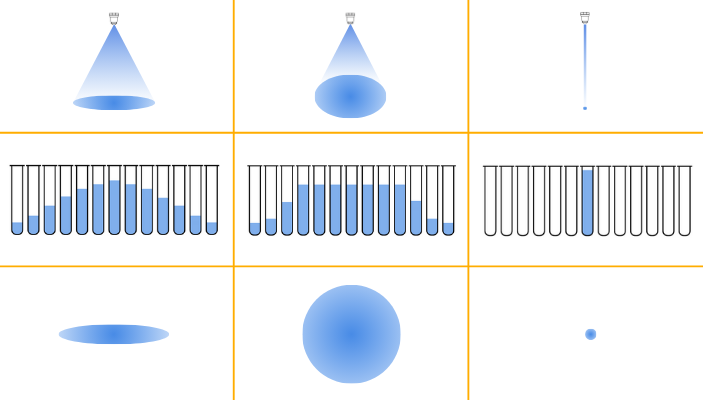Feral Cats
Feral Cats
Scientific Name: Felis catus
How to identify Feral cats
Feral cats are the same species as domestic cats, however they live and reproduce in the wild and survive by hunting or scavenging. They are found all over Australia in all habitats, including forests, woodlands, grasslands, wetlands and arid areas. The map illustrates the estimated abundance of feral cats across the country.
Feral cats are predominantly solitary and nocturnal, spending most of the day in the safety of a shelter such as a rabbit burrow, log or rock pile. They are carnivores, generally eating small mammals, birds, reptiles, amphibians, fish and insects depending on their availability.
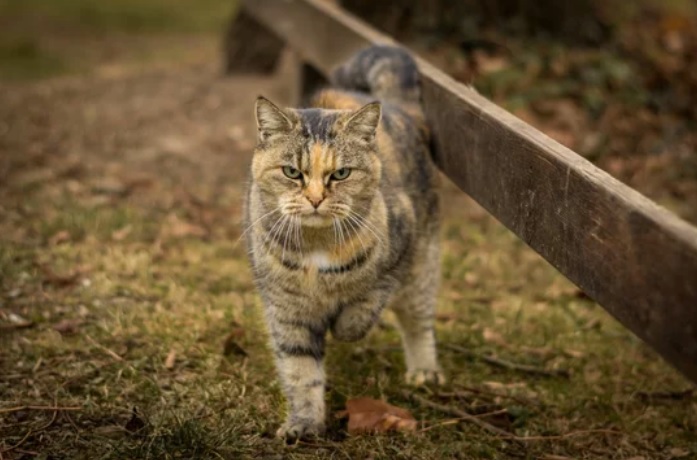
Where are Feral cats commonly found?
Feral cats are the same species as domestic cats, however they live and reproduce in the wild and survive by hunting or scavenging. They are found all over Australia in all habitats, including forests, woodlands, grasslands, wetlands and arid areas.
Why are Feral cats considered a pest?
Feral cats threaten the survival of over 100 native species in Australia. They have caused the extinction of some ground-dwelling birds and small to medium-sized mammals. They are a major cause of decline for many land-based endangered animals such as the bilby, bandicoot, bettong and numbat. Many native animals are struggling to survive so reducing the number killed by this introduced predator will allow their populations to grow.
Feral cats can carry infectious diseases which can be transmitted to native animals, domestic livestock and humans.
What is the biology and lifecycle of Feral cats?
Male cats reach sexual maturity at about 12 months. Females can reproduce at about 7 months. Can produce up to 3 litters a year, usually of 4 kittens but varying from 2 to 7. Most reproduction occurs between spring and summer. Birth follows gestation period of 65 days
Management Tips for Feral Cats
Control tools available for feral cats are shooting, trapping, fencing, baiting and a grooming trap.
Control of feral cats is challenging as they are found in very low densities over large home ranges and are shy, making them difficult to locate. They are also extremely cautious in nature.
Shooting cats is labour intensive and requires a lot of skill. Trapping of feral cats using cage traps is permitted everywhere in Australia and trapping using soft-jawed leg-hold traps is permitted in some states and territories. There are best practice standard operating procedures for shooting and trapping.
Predator-proof fenced areas are an effective way to control feral cat impacts (in restricted areas), as is the eradication of feral cats from offshore islands. As such safe havens can be costly and require ongoing biosecurity measures, their establishment needs to be carefully considered.
The most effective form of feral cat control over large areas is poison baiting.


